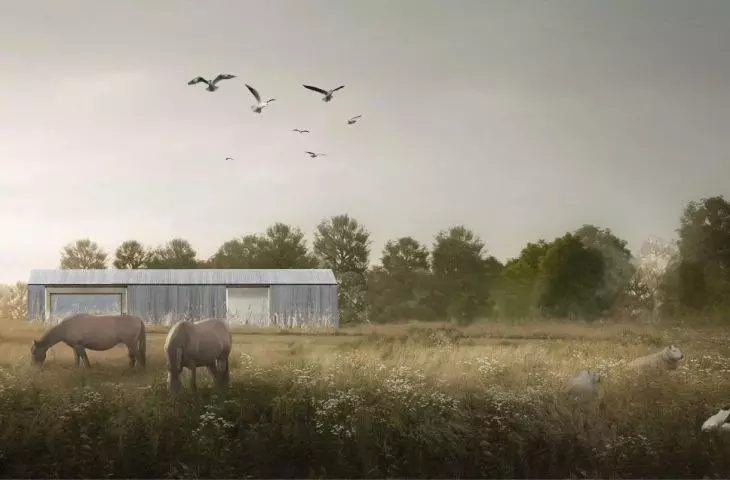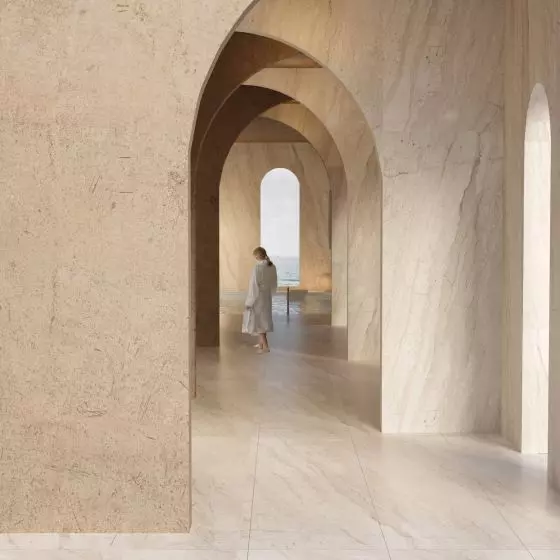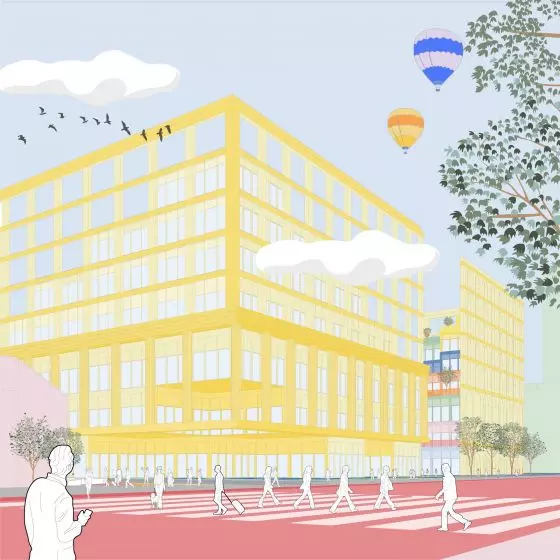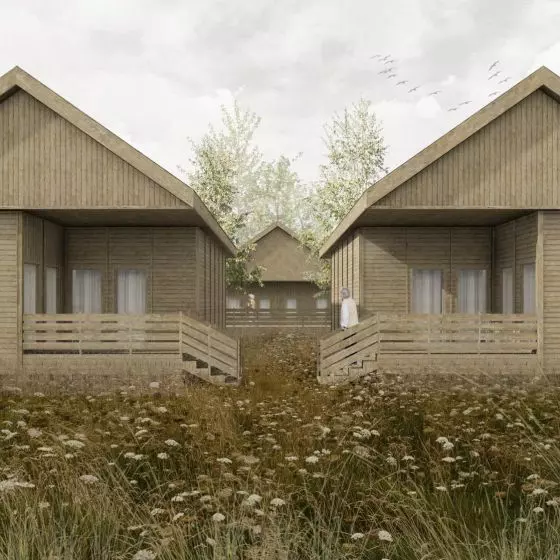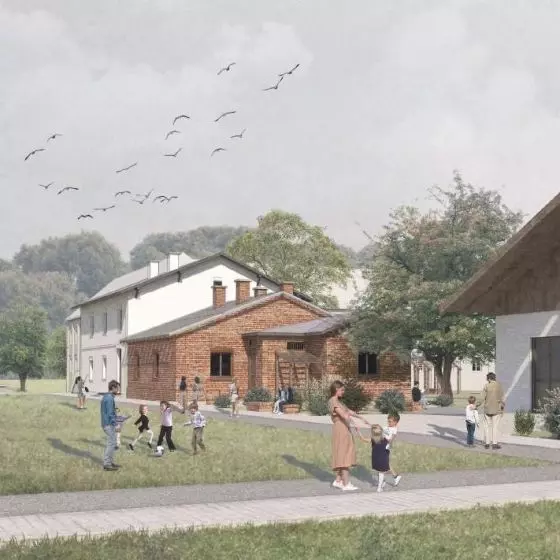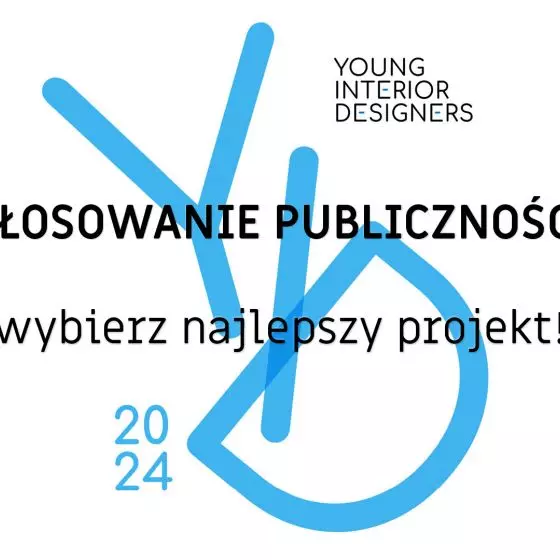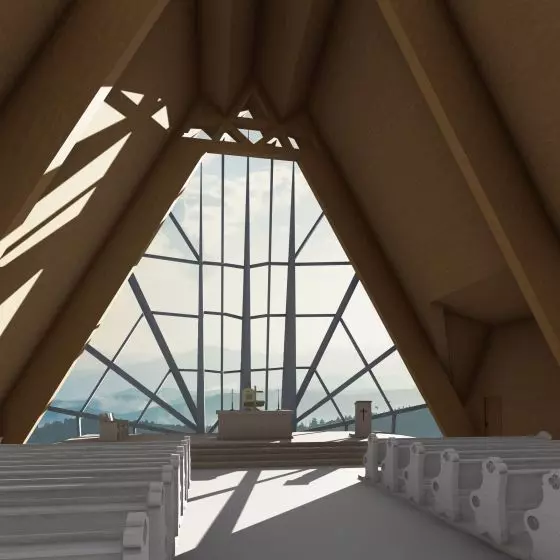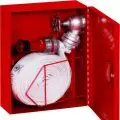Maja Bogus and Patrycja Olech, students of landscape architecture at the SGGW, have proposed a new development for Niepokalanów. Their idea is to create a harmonious place conducive to spiritual reflection, while meeting the needs of the monks' daily life. On the monastery grounds, the authors proposed a chapel, an animal enclosure, greenhouses and an outbuilding, as well as a new mill.
The project was created as part of the Urban Landscape Design 2 course under the supervision of dr. Ewa Kosiacka-Beck. The challenge of the assignment was to design a new landscaping of the grounds of the Franciscan monastery in Niepokalanów.
Concept of development of the entire site
© Maja Bogus, Patrycja Olech
Our idea of Niepokalanów CITTASLOW is to create a harmonious, beautiful and functional place that meets the needs of daily life of the monks and offers visitors the opportunity to immerse themselves in prayer. The site is particularly associated with the figure of St. Maximilian Kolbe. In the project, we wanted to present key moments and events from the saint's life in the form of introduced elements and symbols. They are meant to encourage visitors to reflect, pray and better understand the spiritual path," explain the authors.
Chapel of the Unity of the Four Faiths
© Maja Bogus, Patrycja Olech
Unity Chapel of the Four Faiths
At the founding site, the students proposed a new chapel called Unity of Four Faiths, which aims to promote interreligious dialogue and tolerance in society. It is a proposal for a place of meeting and prayer for representatives of the four main religions: Christianity, Islam, Judaism and Buddhism.
projection of the chapel
© Maja Bogus, Patrycja Olech
Inside the chapel there will be four separate but interconnected spaces for each religion. Each space will be designed to reflect the unique elements and traditions of a particular faith, the authors add.
The building is made of wood in a natural color, adding to the coziness of the interior. The chapel is illuminated by natural light, coming in through special lines-cuts in the facade, made of transparent, durable glass. As the designers say, this treatment is meant to symbolize openness to spiritual light.
facades of the chapel
© Maja Bogus, Patrycja Olech
an enclosure for rescued animals
The monks also run a recovery area for rescued animals. For these quadrupeds, the students designed a new enclosure. It is a place where animals recover, find happiness and have a chance for a better life.
The homestead is functionally designed—it has differentiated spaces adapted to the needs of different species of animals. There are enclosures, relaxation and isolation zones. All these spaces are separated from each other and equipped with necessary facilities, as well as green lawns and other natural elements.
On the premises, the monks run an enclosure for rescued animals
© Maja Bogus, Patrycja Olech
new mill
The students, wanting to ensure, at least in part, the self-sufficiency of the establishment, designed a mill. The facility not only produces food, but also energy, contributing to sustainable development. The building is made of natural, sustainable materials—recycled stone and wood. Inside the mill, the authors introduced a modern mechanical system to grind grain and produce flour. The device is powered by the force of water from the river flowing nearby.






